Counting Things in Japanese – Numbers, Counters, and How to Use Them
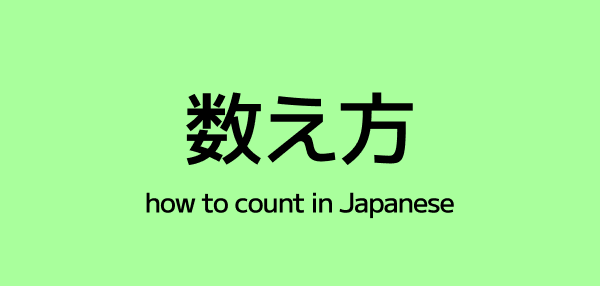
Numbers are everywhere, whether you're ordering sushi, telling the time, or counting how many cats you see (hello Aoshima cat island). But in Japanese, it’s not as simple as just 1, 2, 3. In Japanese, counters are the secret grammar ingredient that go with numbers — and they’re used all the time.
In this beginner-friendly guide, we’ll cover:
- How to count from 1–10 in Japanese
- What counters are and why they matter
- Common counters for people, animals, and objects
- Sound changes you need to watch for
- A quick comparison with Korean & Chinese
- Practice questions to test your skills
Let’s get into it!
1. Basic Numbers in Japanese
Here are the numbers from 1 to 10:
- 1 →いち(ichi)
- 2 →に(ni)
- 3 →さん(san)
- 4 →し/よん(shi / yon)
- 5 →ご(go)
- 6 →ろく(roku)
- 7 →しち/なな(shichi / nana)
- 8 →はち(hachi)
- 9 →く/きゅう(ku / kyuu)
- 10 →じゅう(juu)
💡 Note:し and く sound like “death” and “suffering,” so people often say よん and きゅう instead.
💡 Random Note 2: As a kid learning multiplication, 7 x 7 = 49. My dad taught it as しじゅうくるしむ (death + suffering) and it stuck.
2. What Are Counters?
In English, you’d say “three slices of bread,” not “three breads.” Japanese works the same way — but with even more counter words.
A counter is a word that goes with a number, and changes depending on what you're counting.
3. Common Counters You’ll Actually Use
Here are the most useful ones to start with:
👤 People – ~人(~にん)
- 1 person →ひとり
- 2 people →ふたり
- 3 people →さんにん
- 4 people →よにん
- 5 people →ごにん
From 3 onward, it follows a pattern (~にん). Just memorizeひとりandふたりas exceptions.
🐱 Small Animals – ~匹(~ひき)
- 1 →いっぴき
- 2 →にひき
- 3 →さんびき
- 4 →よんひき
- 5 →ごひき
⚠️ Sound Change Alert:ひchanges toぴorびin some cases — that’s called euphonic change, and it’s common with counters.
Example:
猫ちゃん何匹いますか?→正解は6匹(ろっぴき)!
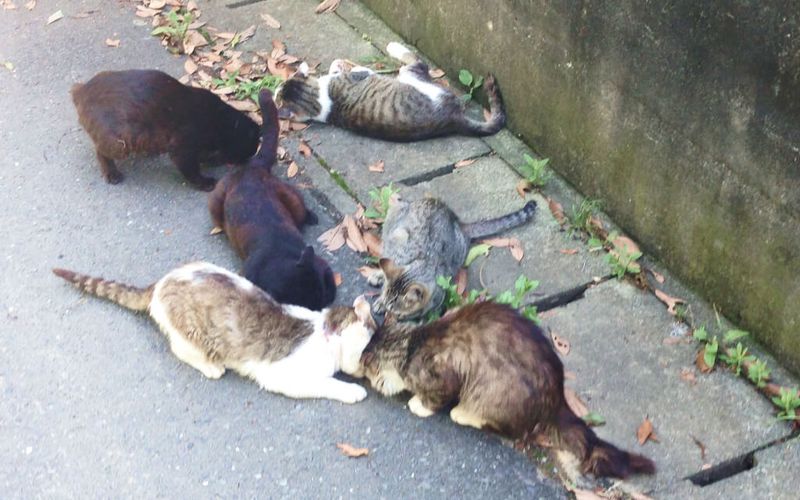
(Taken at 宮城県田代島「猫島」 in Ishinomaki, where the massive tsunami hit in 2011. Go count cats and support local recovery?)
📄 Flat Things (Paper, Tickets) – ~枚(~まい)
- 1 →いちまい
- 2 →にまい
- 3 →さんまい
- 5 →ごまい
This one is simple, no sound changes to worry about!
Example:
お札が3枚あります= There are 3 bills (money).
🥤 Long Objects (Bottles, Pens) – ~本(~ほん)
- 1 →いっぽん
- 2 →にほん
- 3 →さんぼん
- 4 →よんほん
- 5 →ごほん
Like匹, this one also has sound changes:ほんbecomesぽんorぼんdepending on the number.
Note:にほん sounds like Japan, no? Well, the way you put emphasis is slightly different.
- 日本 (Japan) = にほん
- 2本 (2 long things) = にほん
It's really subtle but important.えんぴつにほんcan be 2 pencils, or Pencil Japan... some kind of company name. Depends on where you put the emphasis.
4. Euphonic Sound Changes: What’s Going On?
Why do you sayいっぴきbutにひき? It’s all about making the sounds smoother.
Here are a few patterns you’ll see a lot:
- は→ぱorば
- ひ→ぴorび
- ほ→ぽorぼ
These changes happen with counters like匹,本, and回. You’ll get used to them with practice!
Practice Time - Try It Yourself!
Can you figure these out?
- “3 bottles of water” → みず をさんぼんのみました
- “Two tickets” → チケットにまいあります
- “One cat” → ねこ がいっぴきいます
- “Five people” → ごにんいます
Japanese Counters vs. Korean & Chinese
If you’ve studied Korean or Mandarin, you already understand the idea of counters! But here’s how Japanese is different:
🇰🇷 Korean
- Uses counters too: 개 (things), 명 (people), 장 (flat), 마리 (animals), 자루 (long)
- Counters come after the noun (like in Japanese)
- Numbers: Sino-Korean (일, 이, 삼…)
- No sound changes (unlike Japanese!)
Example: Japanese:ペンをにほんかいました。 Korean: 펜 두 자루 샀어요。
🇨🇳 Mandarin Chinese
- Counters are required, even with “one”
- Common ones:个,张,支,本
- Counters go between the number and the noun
- No sound shifts
- Numbers:一,二,三…
Example: Japanese:チケットをさんまいもらいました。 Chinese:我拿了三张票。
In sum:
- All three languages use counters
- Japanese changes pronunciation depending on the number
- If you know Chinese or Korean, you’ve already got a head start!
Wrapping Up
- Japanese uses different counters depending on what you’re counting
- Numbers often change sound with certain counters (いっぴき、さんぼん)
- Just start with 3–5 useful counters and build from there
Are you ready for more counting? Learn how to tell time next!
Related Grammar
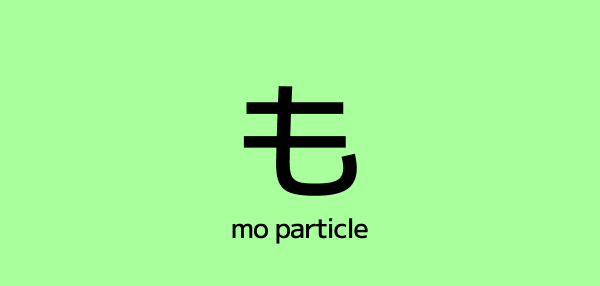 E Rank
E RankThe も (Mo) Particle
The particle 「も」 in Japanese is your go-to for saying “also,” “too,” or “not even.”
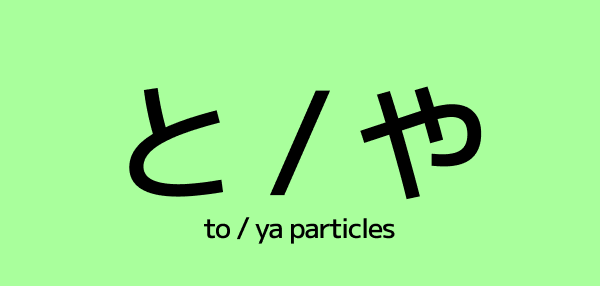 E Rank
E RankThe と / や (to / ya) Particles
The Japanese particles 「と」 and 「や」 both mean “and,” but one lists precisely while the other gives examples. Learn how to use each correctly in conversation and writing.
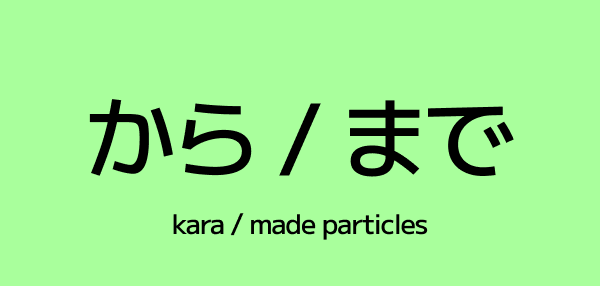 E Rank
E RankThe から / まで (kara / made) Particles
「から」 means "from" and 「まで」 means "until"—together, they express ranges in time, place, and more. This guide breaks down how to use them naturally and fluently.
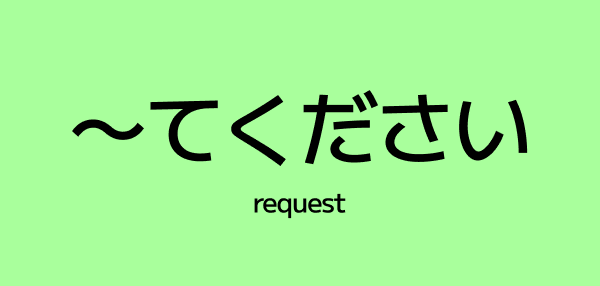 E Rank
E Rank~てください (Polite Requests in Japanese)
